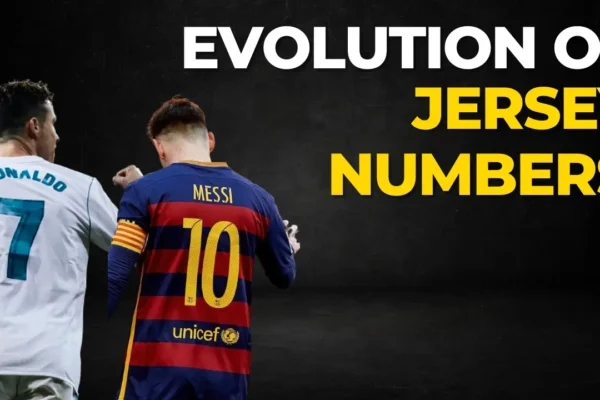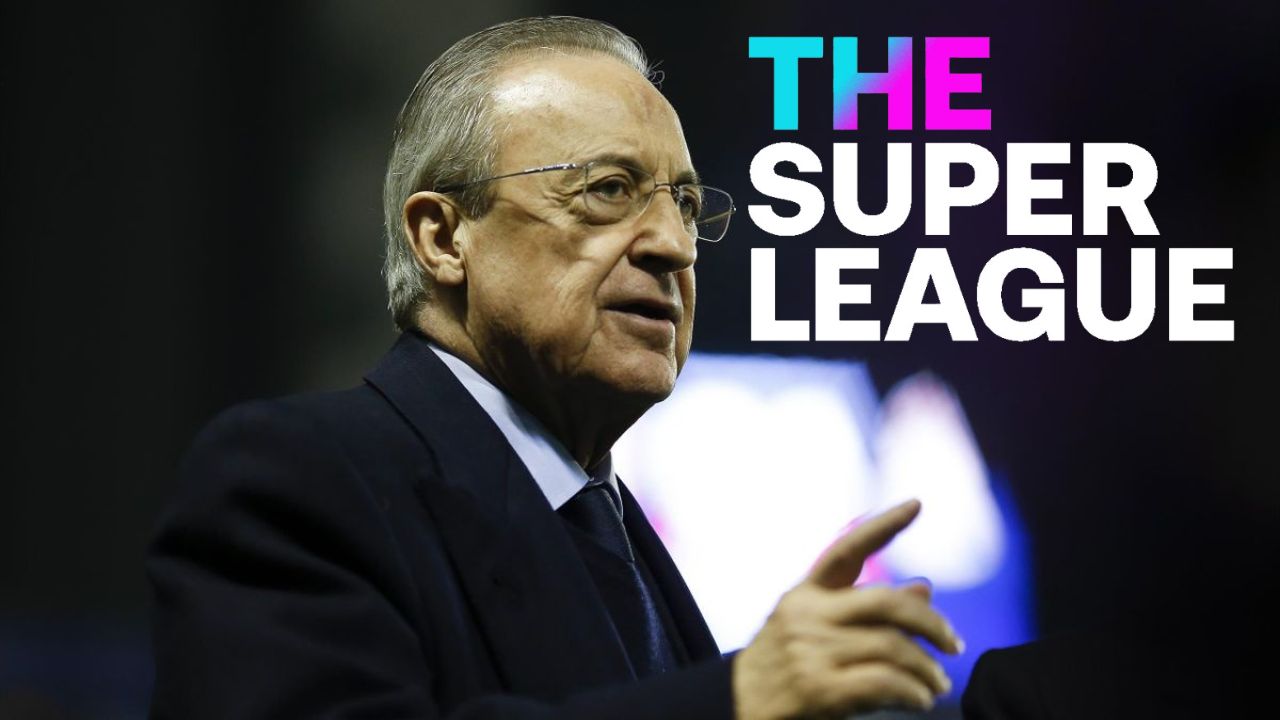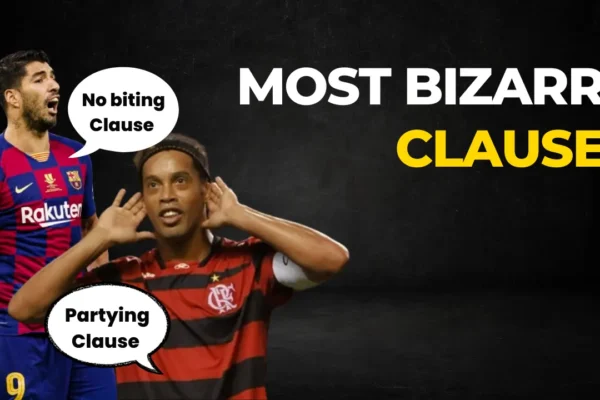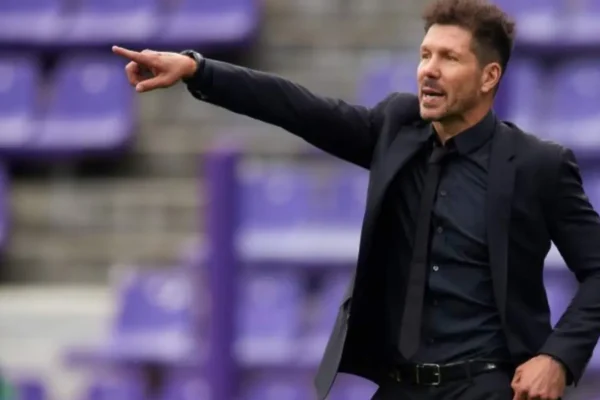

Every Failed European Super League Attempt
Football has never been short of drama on the pitch. But off it? The battles over money, TV rights, and power have shaped the game just as much as goals and trophies.
For decades, Europe’s biggest clubs have flirted with the idea of breaking away to form their own European Super League (ESL). Some came close, some collapsed instantly, but all of them had an impact.
Here’s the full story of every failed attempt—and how, even in failure, these plans changed the game forever.
The History of Breakaway League Attempts
Early 1990s – The Big Five Breakaway & Birth of the Premier League

How it started
By the late 1980s, English football was struggling. Stadium disasters like Heysel (1985) and Hillsborough (1989), hooliganism, and poor facilities had ruined its image.
To make things worse, English clubs were banned from European competition between 1985 and 1990.
Meanwhile, TV money was starting to rise. But under the old Football League system, broadcasting cash was shared across 92 clubs.
That meant giants like Manchester United or Liverpool earned almost the same as small clubs in lower divisions.
In October 1990, the so-called “Big Five”—Arsenal, Everton, Liverpool, Manchester United, and Tottenham—met ITV boss Greg Dyke. The plan? Create a new league where the top clubs could keep the biggest slice of the TV pie.
What happened
The FA backed the idea, seeing it as a chance to modernize English football and weaken the old Football League. By 1991, the Founder Members Agreement was signed. In 1992, the FA Premier League was born, powered by a massive TV deal with BSkyB and the BBC.
Impact
- Clubs kept their own broadcast income.
- Revenues skyrocketed.
- The Premier League became the richest domestic league in the world.
Most importantly: it set the blueprint. Threaten a breakaway, force the authorities to adapt. And if you’re bold enough? You can actually pull it off.
Late 1980s – Berlusconi’s First Super League Idea

How it started
Around 1987–88, AC Milan’s owner Silvio Berlusconi, backed by Real Madrid’s Ramón Mendoza and Rangers’ David Holmes, came up with the first real European Super League concept.
The idea was simple: instead of knockout football in the old European Cup, why not a league where the biggest clubs faced each other regularly? That meant more guaranteed blockbuster matches, more TV money, and less risk of early elimination.
What happened
UEFA hated the idea. Threats of sanctions followed, and no club dared to actually break away.
Instead, UEFA acted smart. They modernized their own competition. In 1991–92, the European Cup introduced a group stage, and in 1992, it officially became the Champions League.
Impact
- The Champions League became UEFA’s crown jewel.
- Elite clubs got more guaranteed matches and TV money.
- UEFA showed it would copy breakaway ideas to keep control.
This was the first time UEFA restructured to block a Super League threat. It wouldn’t be the last.
1996–1998 – Media Partners’ Bold Super League Proposal

How it started
In 1996, Italian marketing company Media Partners pitched a big new Super League plan. Their vision included:
- Around 36 clubs in a pyramid system.
- A “ProCup” with promotion and relegation.
- Permanent founding members plus merit-based qualification.
- Centralized TV rights, promising clubs massive revenues.
It was ambitious. And on paper, very tempting.
What happened
UEFA and FIFA immediately threatened to ban clubs who joined. Independent studies also revealed Media Partners’ revenue forecasts were way too optimistic. Domestic leagues would lose value, and the risks outweighed the rewards.
Clubs pulled out. The project collapsed.
Instead, UEFA expanded the Champions League to 32 clubs in 1999 and doubled down on more group games.
Impact
- UEFA killed off the plan but adopted its structure.
- More teams, more matches, more money.
- Formal talks between UEFA and clubs became standard, leading to the European Club Forum (2002) and later the ECA (2008).
April 2021 – The Super League That Lasted 48 Hours

This was the big one. The attempt that nearly tore football apart.
How it started
By the late 2010s, Europe’s biggest clubs were restless again. Champions League money was big, but they wanted more guaranteed revenue and less risk of missing out.
The groundwork was laid over years:
- 2009 – Pérez’s pitch: Real Madrid president Florentino Pérez floated the idea of a closed Super League. Mostly talk, but it was pressure on UEFA.
- 2018 – Football Leaks: Documents revealed a secret plan for a 16-team closed league starting in 2021, with 11 permanent members and 5 rotating.
- 2020 – Rumors: Reports of a FIFA-linked “European Premier League” circulated.
By April 2021, the plan was real. Twelve clubs signed up: six from England, three from Spain, three from Italy.
What happened
The launch was a disaster. Within 48 hours, the ESL collapsed.
Fans protested in the streets. Politicians threatened legal action. The FA warned English clubs they’d be kicked out of domestic competitions. UEFA prepared bans.
Under massive pressure, all six English clubs pulled out. The project was dead before it had even started.
Immediate consequences
- The Premier League introduced new rules to prevent future breakaways.
- Clubs paid a collective £22 million settlement.
- Future attempts could mean £25m fines or even a 30-point deduction.
Longer-term impact
UEFA went ahead with its “Swiss-model” Champions League reform, set for 2024/25. It expands the competition to 36 teams, adds more guaranteed matches, and increases revenue—exactly the kind of things the ESL wanted.
The 2023 twist
After the European Court of Justice ruled UEFA’s monopoly was restrictive, A22 Sports (the ESL backers) tried again in December 2023. This time, they proposed an open, merit-based Super League with 64 men’s teams and 32 women’s teams.
Legally, the ESL actually won the case against UEFA and FIFA, meaning neither governing body can block the creation of a Super League.
However, the project’s future still depends entirely on the clubs themselves — and as of now, only Real Madrid and Barcelona remain committed, with all other major clubs rejecting or distancing themselves.
Fans also continue to oppose the project strongly, and UEFA has maintained its stance against it.
Other Notable Attempts
- 1999–2001 – The Atlantic League: Mid-tier giants like Ajax, Porto, and Celtic wanted a cross-border league to close the financial gap with the “big five.” UEFA blocked it, but the idea highlighted how unfair the revenue split had become.
- 2016 – Big Five Talks: English clubs held quiet discussions with promoter Charlie Stillitano. Nothing formal came of it, but it added to the pressure on UEFA.
Summary of Every Failed European Super League Attempt
| Year/Period | Attempt | What Was Proposed | Why It Failed | Lasting Impact |
|---|---|---|---|---|
| Early 1990s | Big Five Breakaway & Birth of the Premier League | England’s top clubs wanted a new league to keep more TV revenue. | Breakaway succeeded domestically but not Europe-wide. | Gave birth to the Premier League (1992) — a template for elite clubs using breakaway threats for leverage. |
| Late 1980s | Berlusconi’s Super League Idea | A league of Europe’s biggest clubs regularly facing each other. | UEFA threatened sanctions; clubs didn’t commit. | UEFA revamped the European Cup into the Champions League (1992) with group stages and more TV money. |
| 1996–1998 | Media Partners’ Proposal | ~36-club pyramid with promotion/relegation and central TV rights. | UEFA/FIFA threatened bans; finances unrealistic; clubs pulled out. | UEFA expanded the Champions League to 32 teams (1999) and formalized club dialogue (later ECA). |
| April 2021 | The Super League That Lasted 48 Hours | 12 clubs announced a closed midweek ESL (England, Spain, Italy). | Collapsed in 48 hours due to fan protests, politics, and domestic league threats. | UEFA introduced anti-breakaway rules; Champions League reformed into the Swiss Model (2024/25). |
| December 2023 | A22’s “Open” ESL (Post-ECJ Ruling) | Merit-based ESL: 64 men’s teams, 32 women’s teams. | Only Madrid & Barça stayed; no wider club backing; fans rejected it. | ESL won in court — UEFA/FIFA can’t legally block it, but without clubs it remains theoretical. |
FAQs
Why did the European Super League fail in 2021?
Because fans, leagues, and governments united against it, forcing clubs to pull out within 48 hours.
Has a Super League ever succeeded?
Yes—the Premier League in 1992 was essentially a successful breakaway, though it stayed within English football.
Will a European Super League ever happen in the future?
Maybe not in the closed format—but UEFA’s new Champions League structure looks a lot like one already.
Conclusion: So, What’s the Pattern Here?
Every failed Super League attempt ended the same way: fan backlash, UEFA/FIFA threats, and clubs backing down.
But here’s the twist: even in failure, these breakaway threats changed football.
- The Premier League proved a breakaway could succeed.
- The Champions League expansions were UEFA’s way of giving clubs what they wanted without losing control.
- The 2024 Swiss-model reform is basically UEFA’s version of a Super League—without the bad PR.
So while no European Super League has survived, the big clubs have still shaped the game to their advantage.







